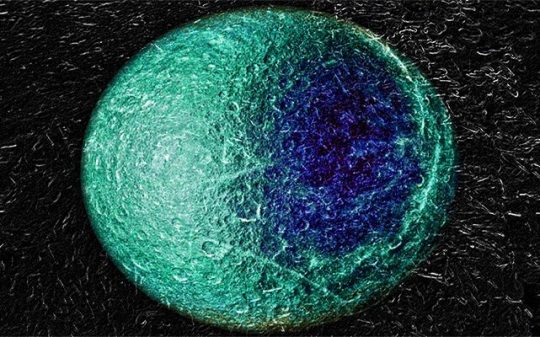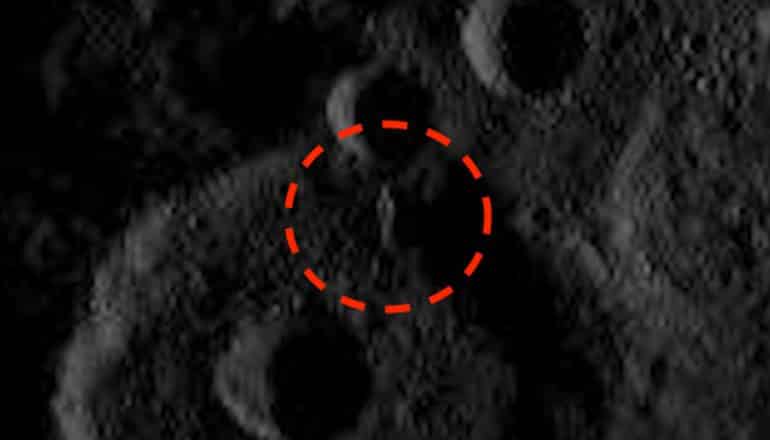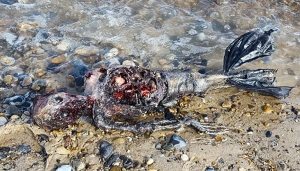In 2005, ESA’s Huygens probe became the first spacecraft to land on the moon of Saturn. At the end of the Voyager mission series, scientists have caught a glimpse into the mysterious and unusual planet-sized moon referred to by scientists as the “world straight out of science fiction”.
Saturn’s largest moon, Titan has a dense golden atmosphere made mostly of nitrogen and methane, being the only known moon in the solar system, to have a dense atmosphere. Moreover, Titan’s surface is covered in vast mountain ranges, methane lakes and seas. It has sprawling sand dunes that resemble Africa’s Namib Desert.
Another Earth-like feature, Titan is the only planet to have stable liquid and rain, (although it’s methane raining), with drops the size of walnuts, slowly falling from the sky due to Titan’s thick atmosphere, low gravity and surface pressure. With this thought in mind, one could actually fly on Titan if he would flap wings attached to his arms.

Illustration of the “hydrocarbonic” cycle of Titan, showing organic compounds filtering into the moon’s methane seas. Credit: ESA
In one of the latest studies published in the Journal of Geophysical Research: Planets, a group of researchers have confirmed that Titan’s second largest sea – Ligeia Mare – consists of almost exclusively pure liquid methane.
The seas of Titan are composed of ethane that it’s believed to be produced through photodissociation of methane in Titan’s atmosphere. It is believed that the organics found on the seabed are the result of a reaction between methane and nitrogen, that carries their cyclical flow in Titan’s environment, similar to Earth’s hydrological circuit in nature, but this is methane raining down from the atmosphere into the flowing seas where it dissolves in the liquid methane, finally sinking to the bottom.
The reason behind the methane abundance in the sea has two possible causes, according to Alice Le Gall, lead author of the study: “Either Ligeia Mare is replenished by fresh methane rainfall, or something is removing ethane from it. It is possible that the ethane ends up in the undersea crust, or that it somehow flows into the adjacent sea, Kraken Mare, but that will require further investigation.”
The team has performed a series of oceanographic surveys of Ligeia Mare with state of the art equipment and cutting-edge techniques, to determine the methane ocean’s floor. Researchers have found out Ligeia Mare’s maximum depths of 160 m (525 ft), and discovered Ligeia Mare’s seabed to be composed of a sediment rich in organic compounds.
The entire study lasted from 2007 to 2015, and to make possible extraction of accurate data, scientists have used Cassini’s radar imager, designed to penetrate the thick photochemical smog of Saturn’s moon.

A false-color radar image of Ligeia Mare, Titan’s vast methane sea. Credit: NASA/JPL-Caltech/ASI/Cornell
NASA is currently exploring the idea of sending a robotic submarine to Titan in order to explore the depths of Kraken Mare, Titan’s largest methane sea.
“It’s a marvelous feat of exploration that we’re doing extraterrestrial oceanography on an alien moon,” says Steve Wall, deputy lead of the radar instrument team for the Cassini orbiter.
But all that was changed by the NASA/ESA Cassini-Huygens mission. Bit by bit, the layers of Titan’s mysteries have been lifted away—and the revealed information is not disappointing.
Titan’s atmosphere is estimated to have 95% nitrogen, with the rest consisting in complex hydrocarbons floating in a state of suspension; its spread geological shapes end with lakes and seas which cover about 1.6 million square km (620,000 square miles) of the moon’s surface—roughly 2% of Titan’s total surface area.
Most of these liquid bodies are concentrated in the northern hemisphere, with three large seas clustered near the north pole and only one large lake exists in the entire southern hemisphere. If there are alien lifeforms residing on the bottom of Kraken Mare we are yet to find out. Chances for such a breakthrough discovery are realistic, but only time will tell if anything had adapted to the hostile nature of methane present in the sea.
https://youtube.com/watch?v=RrGPtCdItBw%2520mode%3Dnormal%255D









